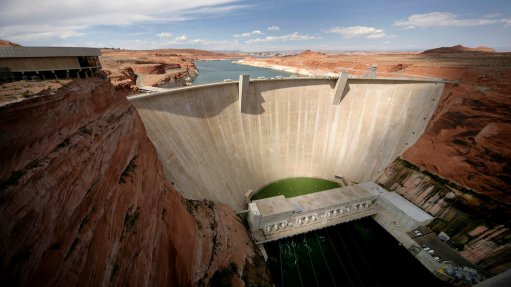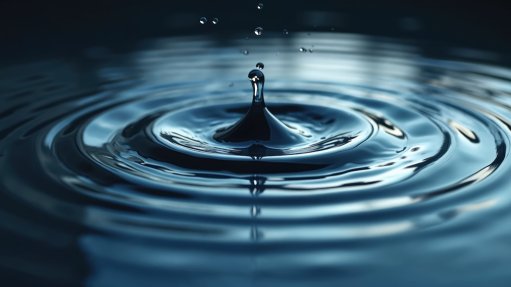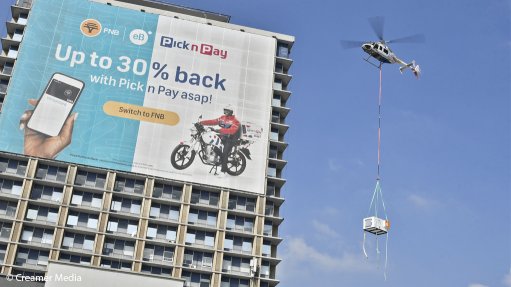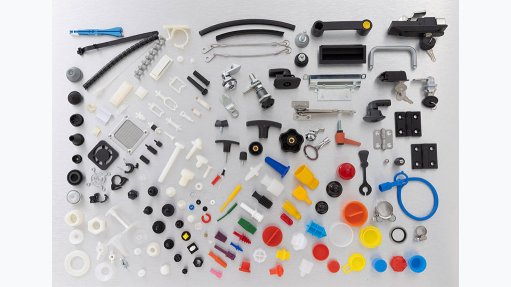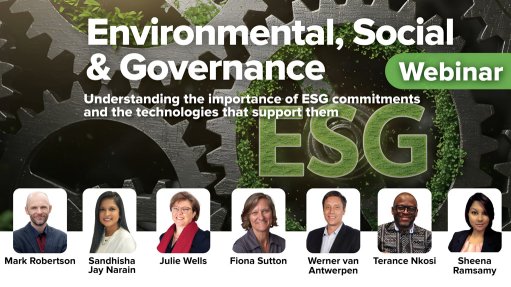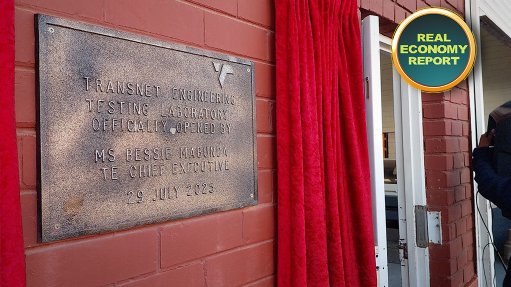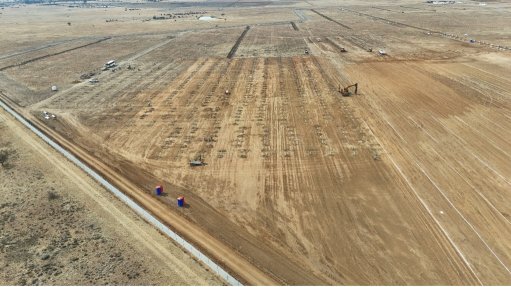62 dams built in South Africa since 1994
The Department of Water and Sanitation (DWS) and various municipalities across South Africa have built dozens of dams since the dawn of democracy, and continue to build the infrastructure required to ensure that South Africa’s water demand remains in balance with the available water resources.
Responding to a media report claiming that only two big dams were built since 1994, compared with 14 dams built in the previous 30 years, the DWS clarified that 62 small, medium and large dams, including three transboundary dams – two in Lesotho and one in Eswatini – have been built in the last 30 years.
Collectively, the dams – constructed by the department and by municipalities – have a total water storage capacity of about 4.45-billion cubic metres (m3) and supply water for domestic, irrigation, mining and industrial use.
In South Africa, 59 dams have been built across all nine provinces: 24 small dams, which have a wall height of more than 5 m, but less than 12 m; 24 medium dams, with wall heights between 12 m and 30 m; and 14 large dams, with wall height of more than 30 m.
The DWS built five of the small dams, nine of the medium dams and eight of the large dams, the combined storage capacity of which is 1.26-billion m3, while municipalities built 19 small, 15 medium and three large dams, with a total storage capacity of 499 000 m3.
The two large transboundary dams in Lesotho, the Katse and Mohale dams, have a capacity of 2.89-billion m3, while the Maguga dam, in Eswatini, has a capacity of 333.8- million m3.
With these dams, the country’s water demand is balanced with the available water resources in the water supply systems, and the national storage capacity of reservoirs is sitting at 97% on average.
To ensure the country is water secure and can meet the water demand of its rapidly growing population, the DWS continues to develop water resources infrastructure across the country and through transboundary cooperation with neighbouring countries.
As South Africa is one of the 30 most water-scarce countries globally, with average rainfall significantly below the world average, the DWS continues to plan and implement water resource infrastructure development to address any projected future water deficits and long-term needs.
“This is done through building new dams, raising the walls of existing dams to increase storage capacity and to explore other sources, such as underground water and water reuse.”
These include the raising of the Clanwilliam dam wall, in the Western Cape, by 13 m and the Tzaneen dam wall, in Limpopo, by three metres.
The construction of 11 new dams is also under way, with most of the projects still in the design phase and others already in the construction stages.
These include the 490-million m3 Ntabelanga dam; the 187-million m3 Nwamitwa dam; the 4.7-million m3 Coerney dam; the 17.3-million m3 Zalu dam; the 55-million m3 Foxwood dam; the 15.5-million m3 Cwabeni Off-Channel storage dam; and the 9.8-million m3 Stephen Dlamini dam.
Also under construction are the uMkhomazi water project, which aims to increase the amount of available water in the uMngeni system by 55%; the Berg River-Voëlvlei Augmentation Scheme, which will increase the amount of available water in the Western Cape Water Supply System; and the second phase of the Mokolo and Crocodile River (West) Water Augmentation, in Limpopo.
The Lesotho Highlands Water Project Phase 2, which entails the construction of the new Polihali dam and a gravity tunnel connecting it to Katse dam in Lesotho, is also currently under construction and will increase the capacity of water transfer from the Lesotho Highlands to the Integrated Vaal River System by 480-million m3.
Comments
Press Office
Announcements
What's On
Subscribe to improve your user experience...
Option 1 (equivalent of R125 a month):
Receive a weekly copy of Creamer Media's Engineering News & Mining Weekly magazine
(print copy for those in South Africa and e-magazine for those outside of South Africa)
Receive daily email newsletters
Access to full search results
Access archive of magazine back copies
Access to Projects in Progress
Access to ONE Research Report of your choice in PDF format
Option 2 (equivalent of R375 a month):
All benefits from Option 1
PLUS
Access to Creamer Media's Research Channel Africa for ALL Research Reports, in PDF format, on various industrial and mining sectors
including Electricity; Water; Energy Transition; Hydrogen; Roads, Rail and Ports; Coal; Gold; Platinum; Battery Metals; etc.
Already a subscriber?
Forgotten your password?
Receive weekly copy of Creamer Media's Engineering News & Mining Weekly magazine (print copy for those in South Africa and e-magazine for those outside of South Africa)
➕
Recieve daily email newsletters
➕
Access to full search results
➕
Access archive of magazine back copies
➕
Access to Projects in Progress
➕
Access to ONE Research Report of your choice in PDF format
RESEARCH CHANNEL AFRICA
R4500 (equivalent of R375 a month)
SUBSCRIBEAll benefits from Option 1
➕
Access to Creamer Media's Research Channel Africa for ALL Research Reports on various industrial and mining sectors, in PDF format, including on:
Electricity
➕
Water
➕
Energy Transition
➕
Hydrogen
➕
Roads, Rail and Ports
➕
Coal
➕
Gold
➕
Platinum
➕
Battery Metals
➕
etc.
Receive all benefits from Option 1 or Option 2 delivered to numerous people at your company
➕
Multiple User names and Passwords for simultaneous log-ins
➕
Intranet integration access to all in your organisation





